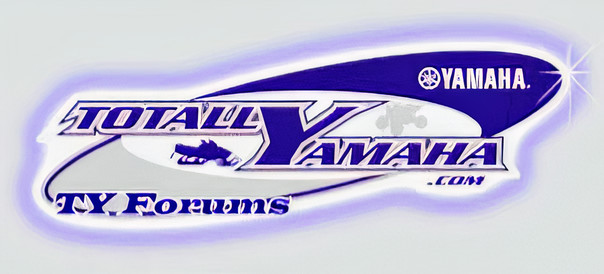yankeeslover
New member
sorry if this sounds like a dumb question, but I keep hearing the term burndown.... im new to sleds, and 2 cycles....I understand this comes from running lean, which means what? not enough gas? but what is burndown? and if a piston does burndown, what do most shops generaly charge to repair something like this? thanks, Pete
burn down is from leaning it out usually a crank seal or intake boots letting air in causing too much air not enough fuel ,,like a cutting torch you add oxygen to make it burn hotter and cut ,,,as far as shop fixing ....too much lol .....depends on the sled if the jugs are plated thats 100 or more to replate a jug and than the cost of new pistions and rings gaskets labor ...3 cylinder srx replate all 3 ..300 or a bit more ,3 pistons ans ring sets 350 ..gasket set 50 bucks ...labor 75 bucks a hour 4 hour job roughly ...grand total 1000 bucks ...i am sure the dealer will charge you more ....
Last edited:

bluemonster1
LIFE MEMBER ONLY ONCE!!!
shops charge way to much for rebuilds and you will have to learn to do the work yourself.You can lean out from not jetting properly in colder weather and higher elevations.Or from bad seals or cracked carb boots.Fuel cools the pistons,lack of it does the opposite.
I've been guilty of using the term "burn down" for all piston related repairs but Bluemonster is correct that the generally accepted definition is lean A/F ratios and they're affects on cylinder temps. Two strokes like things lean right up to the point of too lean than Mr. Squeaky shows up. Classic result is an actual hole in the top of the piston where too much heat "blow torched" a hole through the top of the piston. I've got a couple examples sitting on my desk I use for pencil holders.
That's what makes maintaining all things related to fuel delivery so important. Any interuption in the required amount of fuel delivered ( dirty passage-ways in the carb, partially plugged fuel filters, ice, too much premix, incorrect bowl venting) or unmetered air (leaking carb boots, crank seals, base gaskets) will cause a leaner A/F ratio and then surprise, Mr. Squeaky shows up.
I think a good example is a typical early model weed-wacker (at least mine anyway). I know when it's going to run out of fuel because it runs like a raped ape for about 5 seconds before it flames out. Conversely, the new chain saw I bought last year won't rev up properly unless I get the oil mixture correct. With tighter emission standards being placed on small engines, the OEMs are running them leaner and there isn't as much room for error as there used to be. I've even gotten to the point of having to drill out the main jet so that the darn things will run right.
Just a small correction about elevation. Higher elevations require less fuel (thinner air = less required fuel). That's why you loose power the higher in elevation you go regardless of changes in fuel delivery. A naturally asperated engine's ability to draw air doesn't change, so, when that gulp of air isn't as dense (less O2) and the amount of fuel delivered doesn't change, you end up with a richer A/F mixture. That's why changes in jetting is required to bring you back to a more correct A/F ratio and is also why artificial means of introducing more O2 (turbos/blowers/Nitrous) is very popular with the mountain gang.
That's what makes maintaining all things related to fuel delivery so important. Any interuption in the required amount of fuel delivered ( dirty passage-ways in the carb, partially plugged fuel filters, ice, too much premix, incorrect bowl venting) or unmetered air (leaking carb boots, crank seals, base gaskets) will cause a leaner A/F ratio and then surprise, Mr. Squeaky shows up.
I think a good example is a typical early model weed-wacker (at least mine anyway). I know when it's going to run out of fuel because it runs like a raped ape for about 5 seconds before it flames out. Conversely, the new chain saw I bought last year won't rev up properly unless I get the oil mixture correct. With tighter emission standards being placed on small engines, the OEMs are running them leaner and there isn't as much room for error as there used to be. I've even gotten to the point of having to drill out the main jet so that the darn things will run right.
Just a small correction about elevation. Higher elevations require less fuel (thinner air = less required fuel). That's why you loose power the higher in elevation you go regardless of changes in fuel delivery. A naturally asperated engine's ability to draw air doesn't change, so, when that gulp of air isn't as dense (less O2) and the amount of fuel delivered doesn't change, you end up with a richer A/F mixture. That's why changes in jetting is required to bring you back to a more correct A/F ratio and is also why artificial means of introducing more O2 (turbos/blowers/Nitrous) is very popular with the mountain gang.

